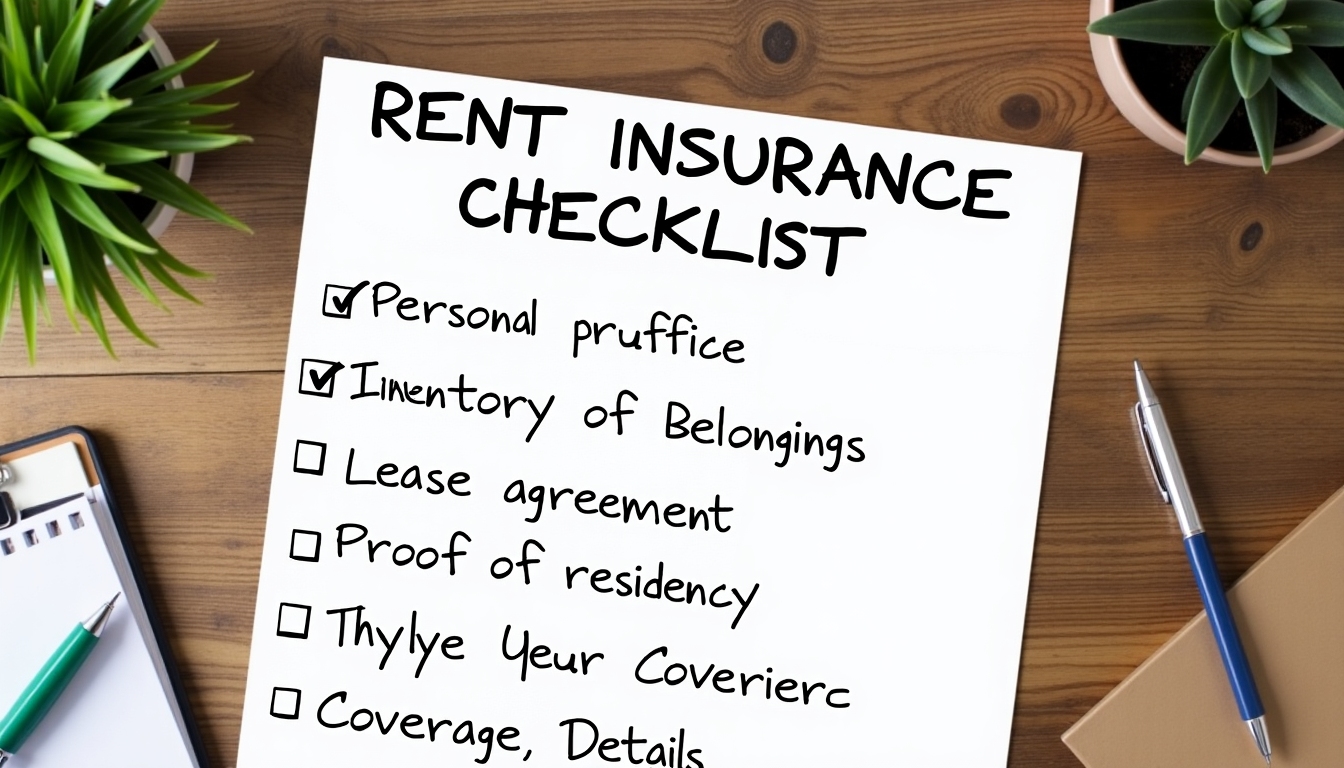Understanding Comprehensive Rental Coverage: An Essential Guide
Navigating the complexities of rental insurance can be daunting. This comprehensive rental coverage guide will help you understand the essentials, ensuring you're well-protected and clued in on what matters most for renters.
What is Rental Coverage?
Rental coverage, often referred to as renter's insurance, is a type of policy that provides protection to individuals renting a home or apartment. It covers personal belongings, liability, and additional living expenses in case of a covered loss or damage. Having this coverage is pivotal for peace of mind and financial security.
The Core Components of Comprehensive Rental Coverage
- Personal Property Coverage: Protects your personal belongings like furniture, electronics, and clothing.
- Liability Protection: Provides coverage in case someone is injured while in your rented property.
- Additional Living Expenses: Covers costs such as hotel bills if your rented home is uninhabitable due to a covered event.
These components collectively form what is known as comprehensive rental coverage, ensuring you are safeguarded against unexpected circumstances.
Why You Need Renter Insurance
Renter insurance is not just a financial safety net; it’s a strategic tool for managing potential risks. Let’s explore why every renter should consider it:
- Protection Against Loss: Fires, thefts, and natural disasters can happen unexpectedly. Rental coverage ensures you don’t bear the full cost alone.
- Liability Coverage: Imagine hosting a dinner party and a guest injures themselves. Liability protection within renter insurance covers associated medical and legal expenses.
- Coverage for Temporary Living Expenses: If your place becomes uninhabitable, the insurance covers accommodation and food expenses.
An Engaging Perspective: Why I Switched to Comprehensive Rental Coverage
I vividly remember the day when a small kitchen fire led to significant smoke damage in my apartment. Without comprehensive rental coverage, the cost of replacing my belongings and temporary relocation would have been overwhelming. This incident solidified my trust in having solid protection. Personal experiences like these highlight the true value of renter insurance.

How to Choose the Right Coverage
Choosing the right rental coverage requires careful consideration. Start by evaluating: - Coverage Limits: Ensure they align with the value of your belongings. - Deductibles: Compare deductible options; typically, lower deductibles mean higher premiums. - Policy Exclusions: Understand what isn’t covered to avoid surprises later. Common exclusions may include flooding or earthquakes.
Tip: Regularly update your policy as life changes, like buying new electronics or expensive jewelry.
Tips for Maximizing Your Renter Insurance
- Conduct a Home Inventory: Document your belongings to know exactly what needs coverage.
- Understand Policy Terms: Fine prints matter. Get clarity on terms like replacement cost value vs. actual cash value.
- Bundle Policies: Consider bundling renter insurance with other types of insurance for discounts.
Common Misconceptions About Rental Coverage
- “It’s too expensive.” Most renters overestimate the cost. Policies can start as low as $15/month.
- “I don't have enough belongings to cover.” Even minimal assets can quickly add up in value.
These misconceptions often deter individuals from acquiring essential coverage. Dispelling them helps make informed decisions.

The Bottom Line
In conclusion, having comprehensive rental coverage is not only wise but necessary. By understanding its facets, you’re better equipped to safeguard your home and financial well-being. Remember, investing in a renter insurance policy today can save you immense trouble—and money—tomorrow.
Recommended Readings
To further enhance your understanding of rental coverage, explore these insightful resources: